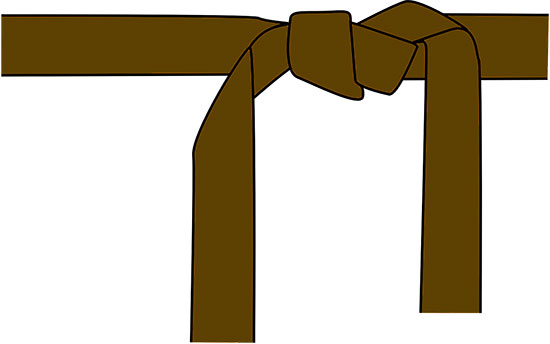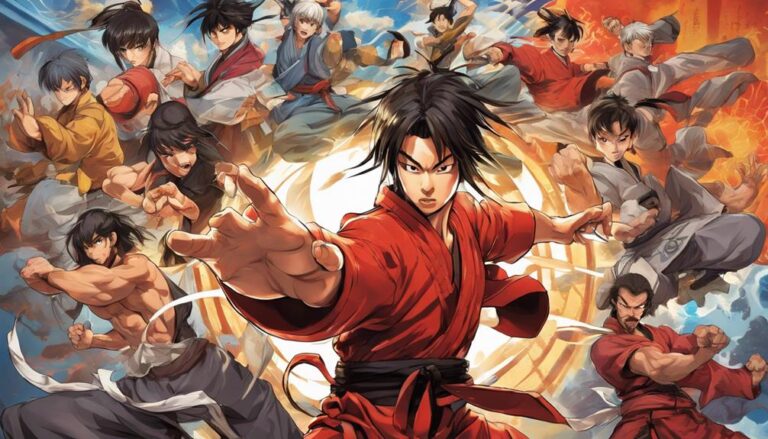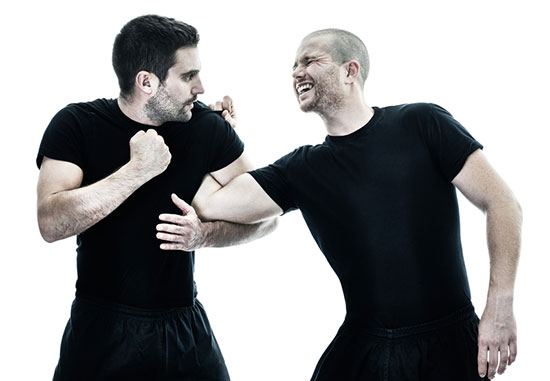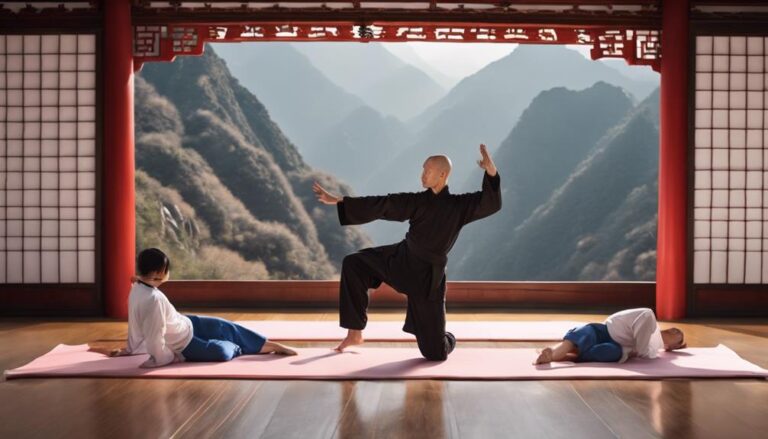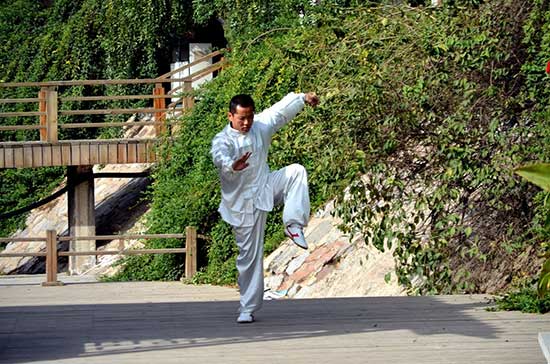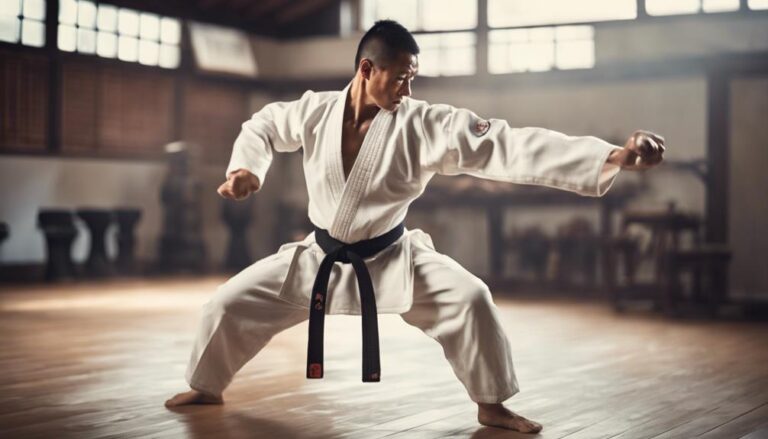Most people confuse kalaripayattu and kung fu. A good number can’t tell which is which at a very fast encounter unless they are familiar with these two combat forms.
Both kalaripayattu and Kung Fu are martial arts, and although they share some traits, they differ in some aspects.
Contents
Differences between kalaripayattu vs kung fu?
There are different things that we can look at between all these forms of martial art to see their differences.
Kalaripayattu
It is believed that kalaripayattu could be the mother of all other martial arts. Although this form is widely practiced today, it hasn’t been popular over generations.
This is because many people have come into contact with different forms of martial arts that deviated from kalaripayattu.
However, only a few trained and passed the kalaripayattu norms from generation to generation.
Kalaripayattu, commonly known as Kalari means the ‘art of the battlefield’. Many believe this kind of martial art was practiced back around the 3rd century B.C.
In the southern part of India(and here is where it originated before spreading to China and the rest of the world).
The likely reason why kalaripayattu it’s believed to be the origin of all other martial arts is evaluating the traits of those arts.
Asian arts are said to have a particular portion of practices that are showcased in kalaripayattu. In other words, most tactics in various martial arts are in kalaripayattu.
Unlike kung fu which is associated with Shaolin monks, kalaripayattu lacks a spearhead individual(s) with a specific culture.
In other words, kalaripayattu has no specific trace of its cultural purpose like the judo that has Jigoro Kano, although it’s a combat art.
However, there is much credit that the kalaripayattu creation was based on the Hindu god Vishnu. In this credit, kalaripayattu martial art was used by armies–and this can make great attributes of the purpose of this discipline.
Indeed, kalaripayattu from being associated with armies could be based more on protecting the world.
Kalaripayattu is a combat form associated with the use of both light and heavy weapons. The commonly used weapon is rokushakubo or ‘bo’.
During training, beginners use low-sharp knives. Once the practitioners gain experience, they will train with live blades.
Assuming the risks, kalaripayattu masters will use sharpened knives or blades against their high-leveled practitioners. This ensures students gain proper ideas and experience in real life.
Spring sword or urumi, a flexible blade wielded with whipping motions, is also another weapon used in the kalaripayattu discipline.
Most of it, the weapons used in this discipline are unmatched unlike in Kung Fu where it is associated with lightweight weapons.
In Kalari, after weapons training is completed, it teaches unarmed combat. As well, it is a martial art that touches all dimensions of life.
It is heavily ritualistic and perhaps aesthetically pleasing and more graceful involving high leaping attacks, deep stances, extremely low, and a lot of circular movements.
Kung Fu
Kung Fu is believed to have been practiced and existed around the 5th century B.C. by the Daoists through tracing the existence of the Zhou dynasty.
It is mostly characterized by short and powerful attack lines featuring a solid stance that is highly effective.
This martial art features a pronounced sparring element besides placing much of its emphasis on unarmed battle.
This implies that for one to be taught armed combat one should first master unarmed combat. Although it is said to have been born by kalaripayattu it originates from China Buddhist temple.
It is practiced both in China and is open for practice in other locations.
It has its basis in Chinese medicine science which is Sidha medical system derivative. Its masters are known as sifu and teach their students the combat skills that they build depending on their weaknesses and strengths. Kung Fu is a combat science and lacks elaborate rituals.
Similarities between kalaripayattu and Kung Fu
The similarities include
- They both feature the same common exercises and kicks and none can be said to be the source of the kicks
- In both kalaripayattu and kung-fu, the Kalari fighters and Shaolin respectfully train for seven days a week
- They both feature offensive and defensive techniques
- Both kalaripayattu and kung-fu use weapons, for instance, kung-fu uses a spear, staff, straight sword, and broadsword as its basic weapons. Kalaripayattu on the other hand uses a variety of weapons including staff which resembles rokushakubo
- They both emphasize general body fitness and health. They also promote the health of the involved persons as the exercises involved encourage a healthy lifestyle.
What to choose and why?
Given the two martial arts to choose one, kalaripayattu would be the best one to choose. Old is always better since kalaripayattu is the oldest form of martial arts and the mother of all other martial arts so it is the best because from it other martial arts have been born.
Kalaripayattu is the best martial art system that embodies all life dimensions. Studying it can help transform lives and form a basis for learning other martial arts.
Kalaripayattu is better than kung-fu because its weapon training is unmatched as it uses heavier and more realistic weapons than kung fu which uses lightweight flashy weapons.
Conclusion
Kalaripayattu has been known to be the mother of all martial arts including kung fu although its existence has not been popular.
This martial art is increasingly becoming popular because of its unique combination of yoga, healing systems, defensive techniques, and dance.
The aft boosts mental and physical fitness alongside body functioning and flexibility. Art also has no age limit for learning it.
Therefore being the mother of all martial arts according to some historians, it is then possible that it has some similar aspects to kung-fu.
Kung Fu, also known as wushu, is one of the most lethal unarmed combat methods in existence. This Chinese martial art involves studying traction or learning that needs energy, time, and patience.
While the two are important, kalaripayattu is deemed the best because of its use of more realistic weapons.
